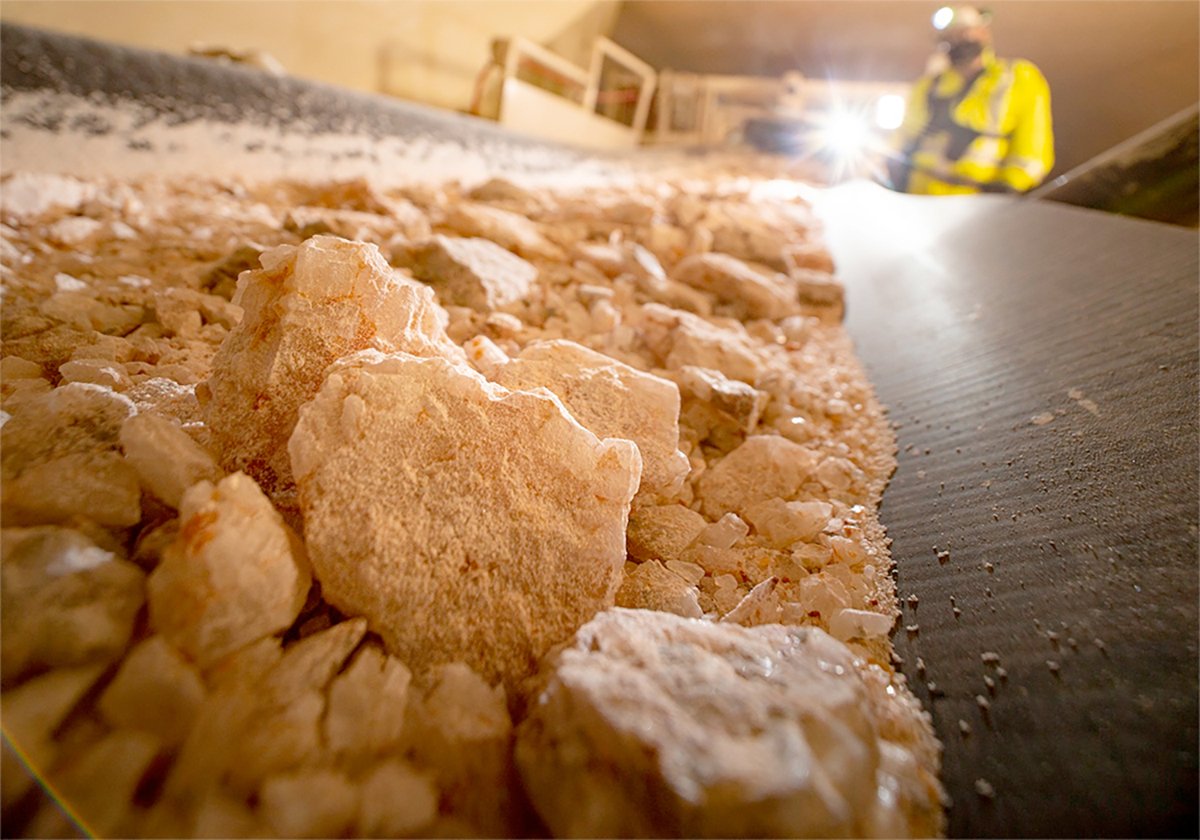Michael Wamsteeker is not looking for a needle in a haystack, but he might as well be.
The University of Calgary student, is this summer’s prairie meteorite searcher. It’s estimated that each year 60 recoverable meteorites fall in Alberta. Statistically there should be a meteorite on every section of land in the Prairies, but only 60 meteorites have been found in Canada.
In each community he stops, Wamsteeker puts an advertisement in the local newspaper asking people to bring in their weird rocks and, hopefully, meteorites. After a summer of setting up his poster and packing around pieces of meteorite, Wamsteeker is still looking.
Read Also

Saskatchewan looks to expand trade in Indonesia
Saskatchewan intends to increase its agricultural partnership with Indonesia.
“I haven’t found one yet in three months of searching,” said Wamsteeker, part of the Prairie Meteorite Search, which has identified six meteorites in the five years the program has operated.
While Wamsteeker hopes a rock collector will bring in a meteorite, his role is also to help educate people on what to look for.
“The public awareness of the presence and physical appearance of meteorites is pretty poor.”
After each piece of granite or basalt or shale he identifies, he encourages the visitor to pick up the heavy meteorites on the table, a clue to their identity. Another clue is that meteorites attract a magnet and look like they have melted.
Ariel Roberge of Ferintosh, Alta., said she couldn’t wait to bring in her strange rock and have it identified.
“It’s always fascinated me. I can’t decided what the heck it is,” said Roberge.
Wamsteeker identified her rock as a piece of petrified wood.
Yvonne Greenwood of Camrose took a rock out of her fish tank to be identified.
“I’m a great rock picker upper. It’s fun being a rock hound,” said Greenwood, whose rock was identified as a clinker, a piece of burned coal left over from the steam powered days.
The rocks brought to Camrose were typical of what Wamsteeker has seen in his summer’s search.
“We encourage people to bring in anything they have.”
Randy Lindberg of Camrose and his son, Dustin, didn’t have rocks to identify, but they wanted to know what to look for in their travels.
“I really wanted to see the real thing and what I was looking for. My son is always bringing rocks home,” said Lindberg.
Looking at meteorites is a way to study space without leaving earth.
“It’s like economical space travel,” said Wamsteeker.
From the rocks, geologists find clues about the formation of the surrounding solar system.
“Geology can tell you a lot about life.”














